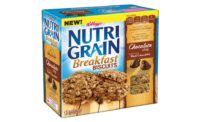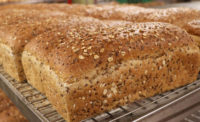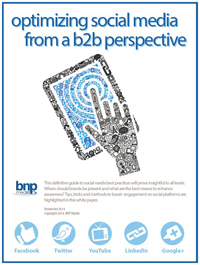Snack Food & Wholesale Bakery recently had the opportunity to interview Kjeld van de Hoef, business director baking, DSM, Heerlen, Netherlands, to gain some input on current trends vital to the bakery industry.
SF&WB: What do you see as some of the top trends in the bakery industry today?
Kjeld van de Hoef: There are a number of trends driving innovation in the baking industry. Freshness. Consumers now expect more from the food they buy; they look for high-quality baked goods with great taste and texture that stay fresh for longer. In fact, a recent DSM survey, which interviewed 5,000 people across 10 countries, found that 73 percent of respondents check the expiry date on product labels—indicating that shelf life is a key consumer purchasing driver (DSM, “Future of Food” survey, January 2020).
Food safety. Today’s consumers are more aware of the potentially harmful health effects of acrylamide in food, as a rising number of governments globally are taking steps to address its prevalence (DSM consumer report, “How much do consumers really know about acrylamide?”, October 2017). The California Office of Environmental Health Hazard Assessment, for example, added acrylamide to the Proposition 65 list of chemicals known to the state to cause health issues and reproductive toxicity in 2011. Driven by increased public awareness of acrylamide, manufacturers are looking for ways to reduce the acrylamide content in products such as snacks, cookies, cereals and infant biscuits, all while providing the same high-quality, taste and texture that consumers expect.
Convenience. People worldwide are following increasingly hectic schedules and are seeking convenient food products, such as baked goods. This trend is reflected in a rising number of consumers replacing meals with snacks, which are eaten at home, at work or on-the-go. Indeed, a recent survey conducted by market research firm IRI found that 46 percent of people questioned consume snack food on-the-go instead of preparing meals, while 44 percent do so at home (IRI, Snacking Survey, 2020).
Sustainability. Food waste is a prominent issue worldwide that is not only recognized by industry players, but also today’s discerning consumers. For instance, 67 percent of people globally are proactively trying to reduce food waste through their dietary choices (DSM, “Future of Food survey,” January 2020). The baking industry is no exception here, with staling being one of the main causes of food waste across the market.
SF&WB: How important is a “clean label,” products with simplified ingredient statements, to today’s mainstream American shoppers?
KvdH: The clean label movement has seen more and more consumers seeking products with shorter and more recognizable ingredient lists. In fact, a DSM survey found that 71 percent of respondents check product labels, with 66 percent committed to buying goods made with ingredients they are familiar with (DSM, “Future of Food survey,” January 2020).
SF&WB: What are some ingredient options for bakers looking to improve the quality of bakery products? How can bakers extend bakery product shelf life without sacrificing their investment in product quality?
KvdH: Enzymes can be utilized by bakers to meet a range of evolving market requirements—from improved freshness to shelf life extension. DSM offers a broad range of enzymes for baking applications to support producers worldwide in meeting these needs. By introducing these freshness solutions to their production processes, manufacturers can effectively combat food spoilage to develop high-quality, great tasting baked goods with longer shelf lives.
SF&WB: What do you think will be the next big trend in the baking industry?
KvdH: Alongside the trends for convenient, sustainable baked goods that stay fresh for longer, we see health appeal as a key influencer of consumer purchasing. People worldwide are looking for products formulated with healthier ingredients, such as those fortified with fiber, vitamins and minerals. Goods that promote digestive health are also gaining traction; low-gluten baked goods are, for instance, making waves among consumers, while low-FODMAP (fermentable oligosaccharides, disaccharides, monosaccharides and polyols) products also have the potential to see a surge in demand over the next few years as consumers become more aware of their dietary needs.











